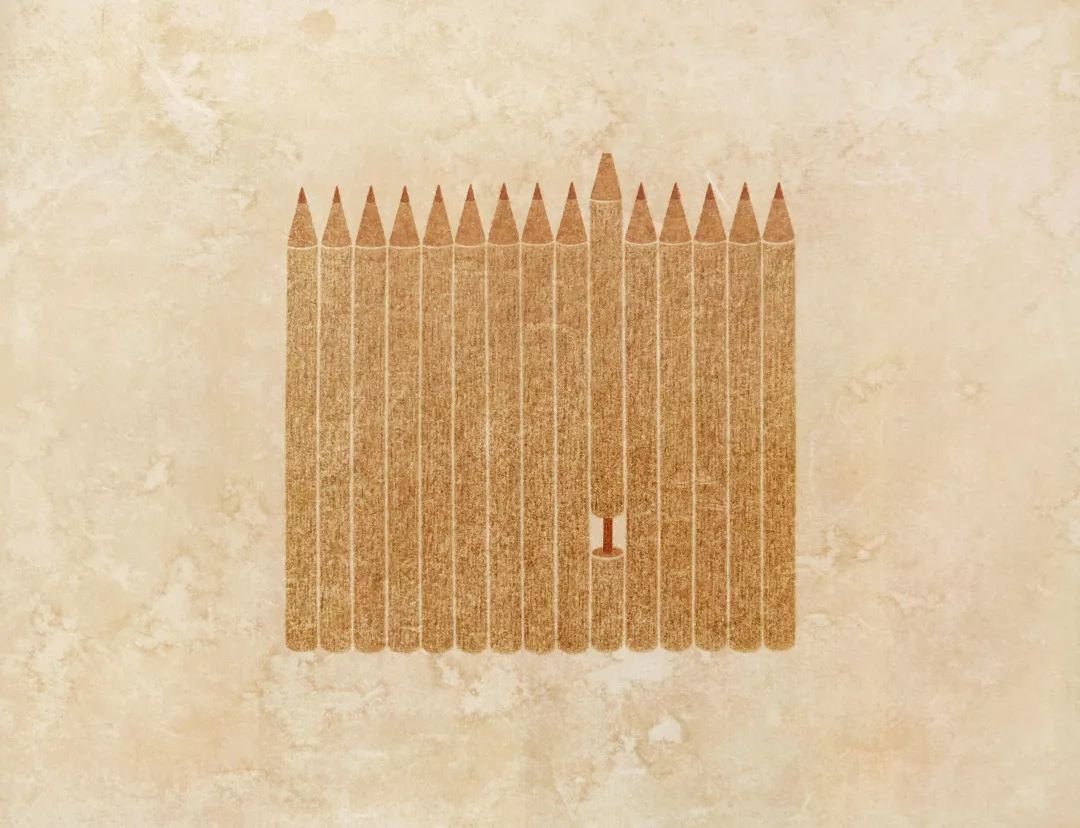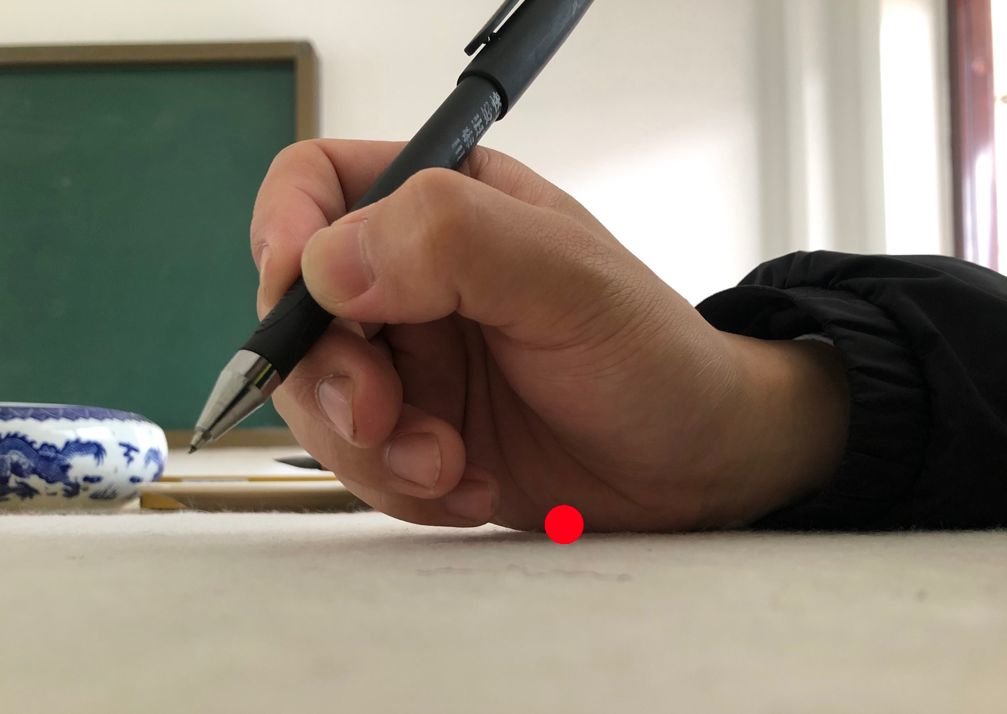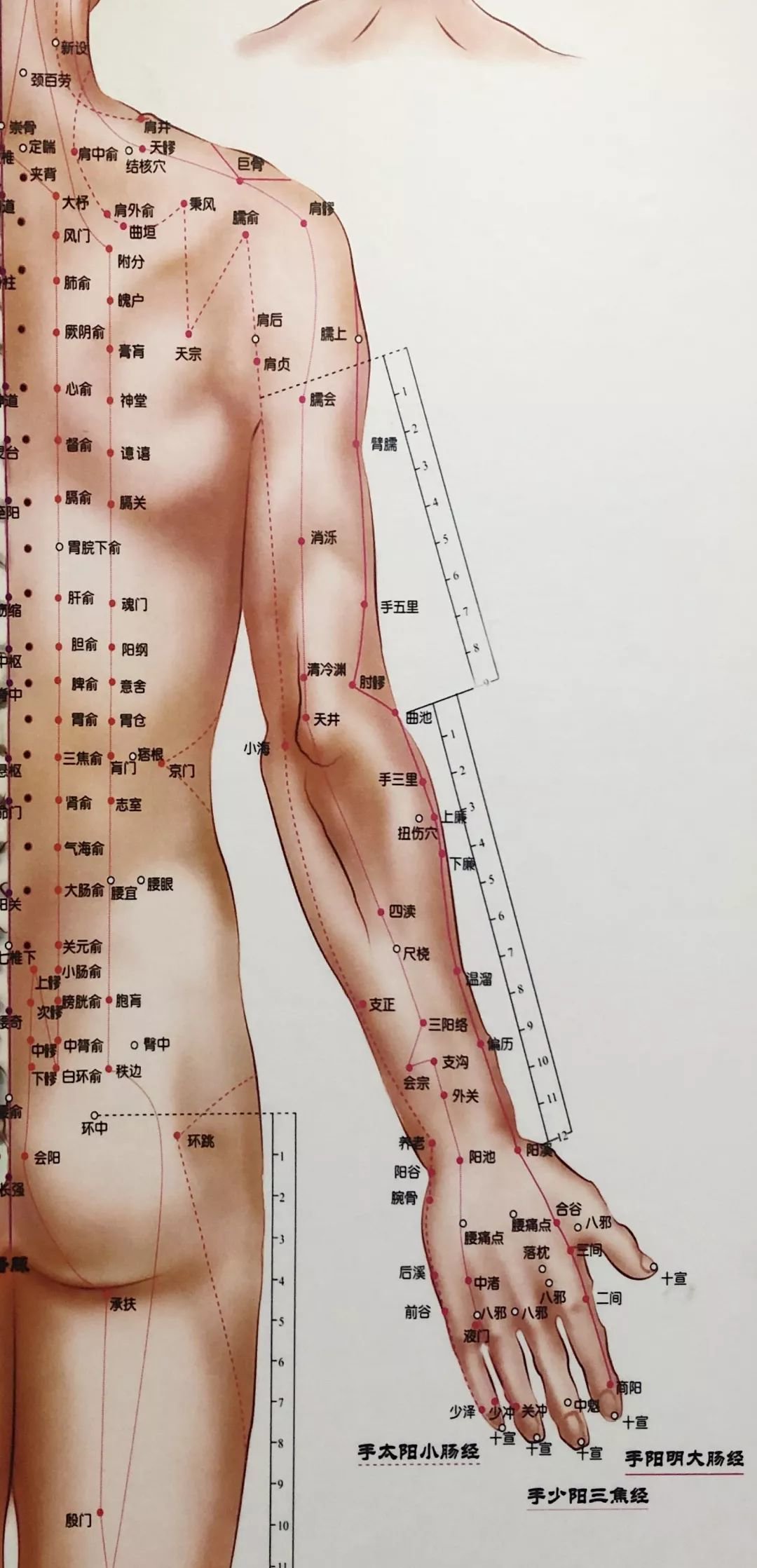
2. Methodology
Text/Lu Zhixuan
At present, the most common method for writing hard-pen characters is to use the side of the palm under the little finger of the right hand as a support, that is, the side of the hypothenar eminence as a support. The advantage of this method is that the pen movement is stable, but it also brings a series of posture problems and makes it difficult to write quickly. Many parents will encounter this kind of confusion: their children's handwriting was very good when they were in lower grades. Why is it not as good as when they were older? This is precisely because the writing methods we commonly recognized in the past were difficult to distinguish between "good" and "fast". The two are unified. Mr. Zhu Weifu, the founder of "Sanxi Tan Haoquick Calligraphy Practice", pointed out: Lifting the thenar to write is an in-depth reflection on this issue.
Lift the thenar, and some people will ask how to write this? The child will say "I'm not used to writing like this." Yes, it was difficult for people to accept it at first to change a consensus that has become a cognition and a habit, including my doubts when I first started learning. But looking back, there are so many problems before us... Reality doesn't lie. Only by facing it head-on can we get better.
The most iconic feature of writing with hypothenar is the orientation of the pen - usually the tip of the pen is facing roughly 9 o'clock, which means that the pen is facing us horizontally. At this time, we have to shrink our fingers when writing horizontally. So how to raise the thenar to write? It's very simple. Just turn your right wrist to the left (15-20 degrees) and flatten it, and the hypothenar will naturally be raised. At this time, the pen tip is no longer facing the 9 o'clock direction, but is roughly facing the 10:30 direction. After lifting the hypothenar, where is the support for our writing? There is a bone point in the lower left corner of the palm of your right hand, which is scientifically called "pea bone". You can use this point as a support point when you are just starting to learn. Once you master the method, you can actually write quickly by hanging your wrist. This is similar to the writing method with a brush. .

After switching to pisiform bone for writing, my hands would feel sore at first. During the writing process, I felt an invisible line stretching from my little finger to my elbow and then to the deltoid muscle on my back. If there is a problem with my sitting posture, I would notice it clearly. The existence of this line. Later, after consulting a Chinese medicine practitioner, I learned that this "thread" was the "Small Intestinal Meridian of Hand Taiyang". This forces me to sit in the correct posture to write smoothly.

-END-








